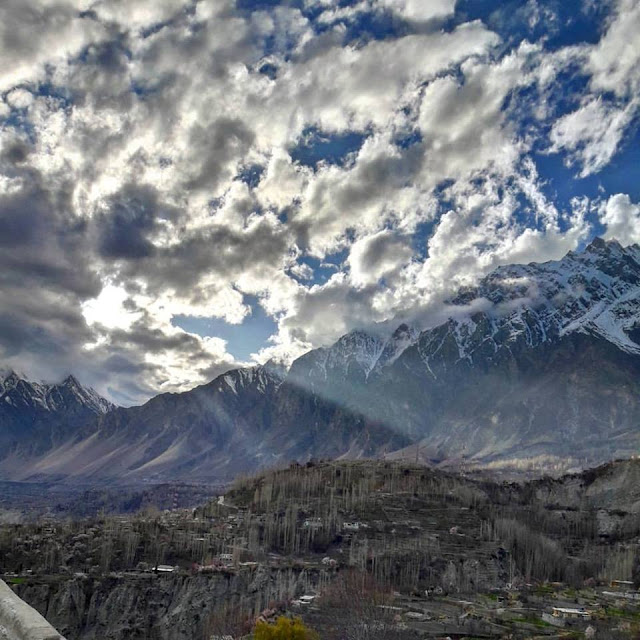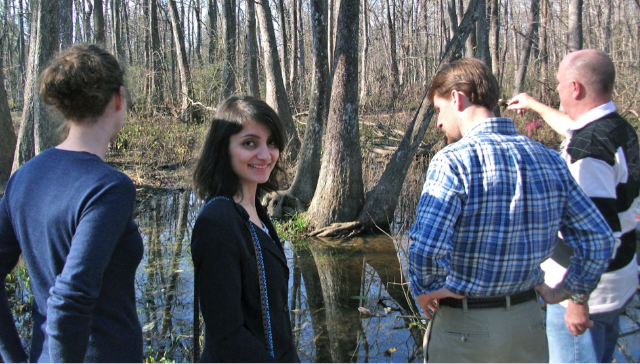Once you have had enough of Karimabad, you can travel one hour north, and find yourself on the Karakorum Highway leading up to China. This part of Hunza is in fact known as Gojal valley.
The first sight you will see is Attabad Lake. The lake was just formed back in 2010, when a massive landslide buried a 20 km stretch of the Karakoram Highway. You can find boats along the lake, that shuttle people and cars across.
Once you have left Attabad, you will find yourself in Upper Hunza, where the dialect is closer to Wakhi, spoken also in Xinjiang. The first main city you will reach is Gulmit, which is a historic town. It's not as developed as Karimabad, but you will be able to find some small stores here. Beyond Gulmit, you will pass Shishket, which has a small lake there as well. Continue onwards towards Passu, where you will get to see Passu glacier. There's not much there to do, except stare at gigantic mountain ranges that are barren and desert looking, but magnificent.
The last town before you can pass the checkpost to China is Sost. It isn't really populated, but is an important place on the highway for all passenger and cargo transport ; the Pakistani imigration and customs departments are based here.
There aren't many activities throughout the Gojal part of Hunza, so you can instead spend around 1-2 days wandering around the villages.
The first sight you will see is Attabad Lake. The lake was just formed back in 2010, when a massive landslide buried a 20 km stretch of the Karakoram Highway. You can find boats along the lake, that shuttle people and cars across.
Once you have left Attabad, you will find yourself in Upper Hunza, where the dialect is closer to Wakhi, spoken also in Xinjiang. The first main city you will reach is Gulmit, which is a historic town. It's not as developed as Karimabad, but you will be able to find some small stores here. Beyond Gulmit, you will pass Shishket, which has a small lake there as well. Continue onwards towards Passu, where you will get to see Passu glacier. There's not much there to do, except stare at gigantic mountain ranges that are barren and desert looking, but magnificent.
The last town before you can pass the checkpost to China is Sost. It isn't really populated, but is an important place on the highway for all passenger and cargo transport ; the Pakistani imigration and customs departments are based here.
There aren't many activities throughout the Gojal part of Hunza, so you can instead spend around 1-2 days wandering around the villages.














